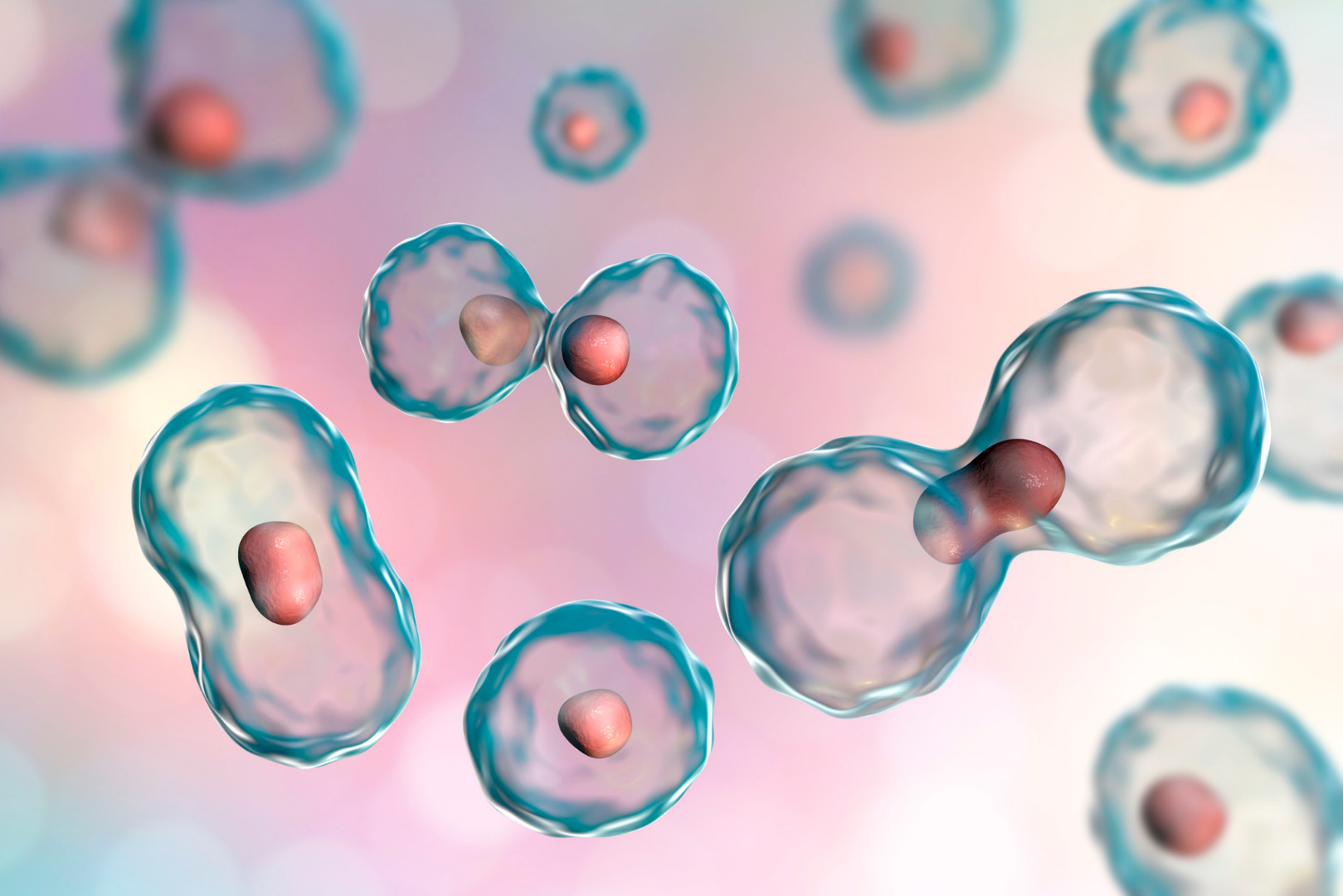The first unicellular common ancestor (FUCA) is a hypothetical unicellular organism that scientists believe to be the ancestor of all organisms, whether unicellular and multicellular. As obtaining fossil evidence for organisms like these prove to be quite a difficult pursuit, scientists often resort to theoretical analysis and modeling to get insights on how this ancient organism, whatever it was, may have lived. Now, Romain Attal from Universcience and coauthor Laurent Schwartz may have an answer to one of these questions about what may be one of the earliest forms of life on Earth. Their work was published in the journal Biophysical Journal.
By analyzing a “protocell” model, ancestors of modern living cells and the authors believe to be similar to FUCA, Attal and Schwartz found that their mechanisms for division and replication might have made use of simpler mechanisms than once thought. These protocells could have been simple vesicles or “bubbles” of organic material bound by a membrane bilayer. These protocells are modeled this way since the cell membrane, a crucial part of the cell that separates its internal components from the environment around it, is the only structure of the cell present in all extant cells of all extant organisms on Earth.
Attal mentioned that cell division employs biochemical processes that may have been inaccessible to the first protocells similar to FUCA, so they believed that primitive cell division processes to be much simpler than what it is now.
The authors modeled their protocell after a simple membrane bilayer-bounded vesicle containing a network of biochemical reactions they believe to be precursors to modern cellular metabolism. They hypothesized that creating new components of this membrane bilayer involved exothermic reactions from within the protocell, or reactions that produce heat instead of absorbing it. With this, the protocell generates heat from the inside, forcing hotter molecules of the bilayer to migrate outward towards the surface of the protocell to release its energy. This, they say, causes the outer layer to grow faster than the inner one, creating asymmetry between the two layers and magnifying imperfections caused by local shrinking in the membrane. The asymmetric increase in curvature between the two layers causes it to “split” where the imperfections are magnified the most. The authors said that the split occurs near the center of the protocell as this is where most of its internal “heat” is generated.
Attai believes that “the scenario described can be viewed as the ancestor of [cell] mitosis.” He added: “An important message is that the forces driving the development of life are fundamentally simple. […] A second lesson is that temperature gradients matter in biochemical processes and cells can function like thermal machines.”
References
- Cell Press. (2021, September 3). The first cells might have used temperature to divide. ScienceDaily. Retrieved September 24, 2021, from https://www.sciencedaily.com/releases/2021/09/210903132557.htm
- Attal, R., & Schwartz, L. (2021). Thermally driven fission of protocells. Biophysical Journal, 0(0). https://doi.org/10.1016/j.bpj.2021.08.020











